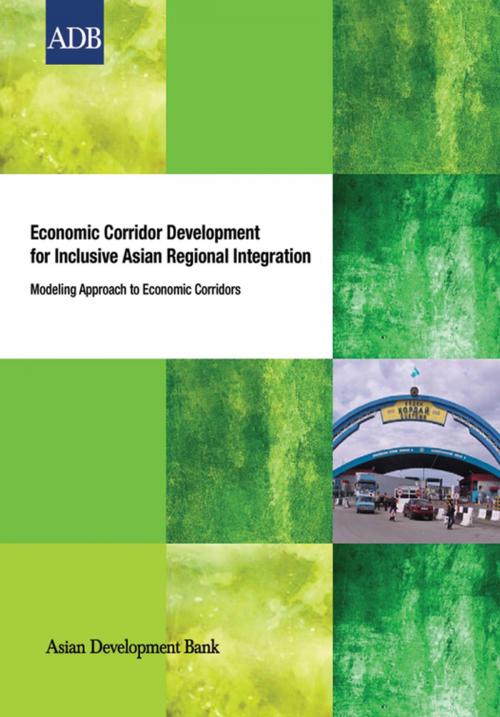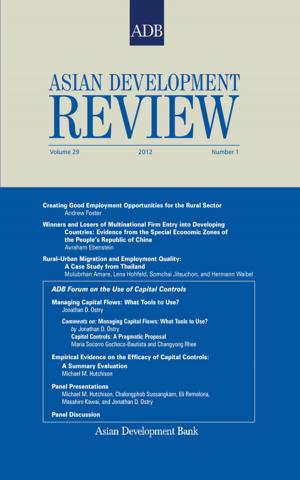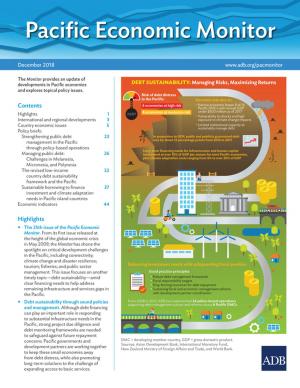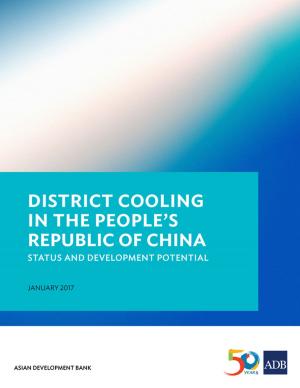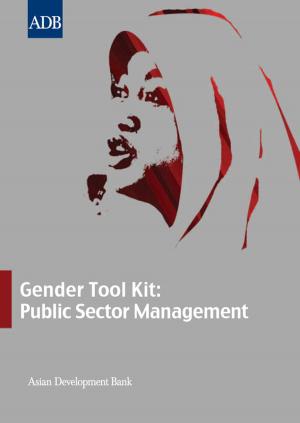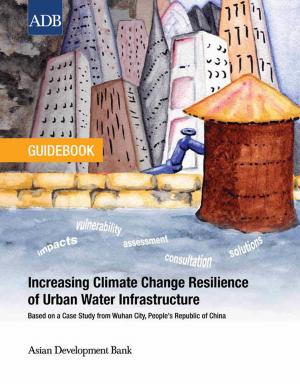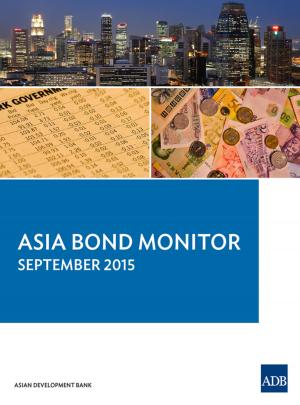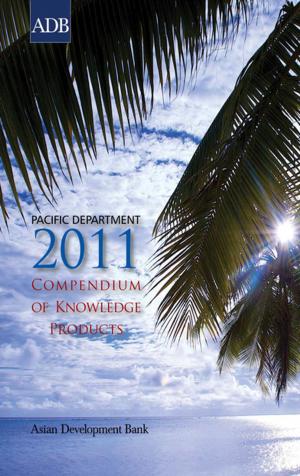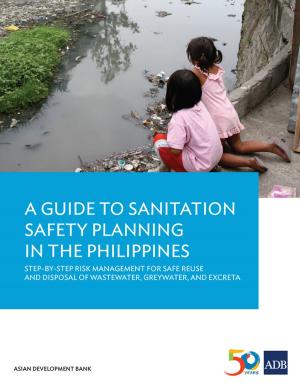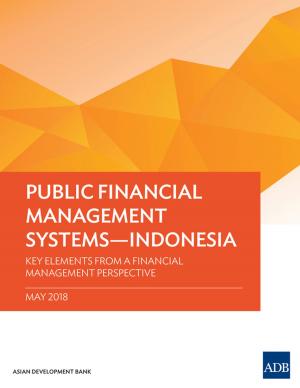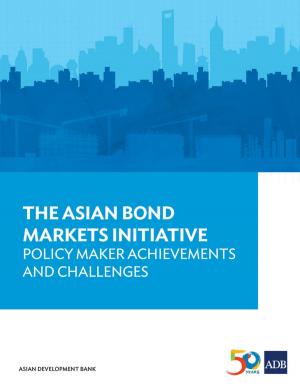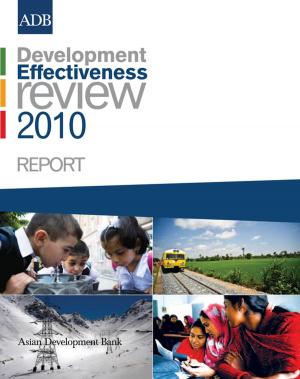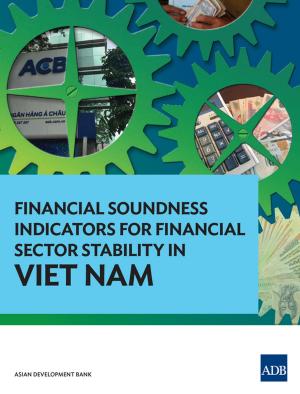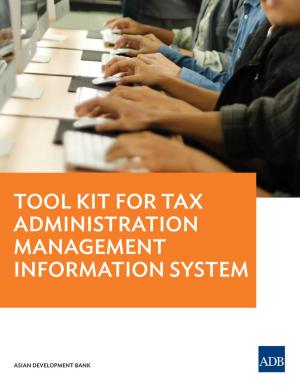Economic Corridor Development for Inclusive Asian Regional Integration
Modeling Approach to Economic Corridors
Business & Finance, Economics, Economic Development| Author: | Asian Development Bank | ISBN: | 9789292543402 |
| Publisher: | Asian Development Bank | Publication: | January 1, 2014 |
| Imprint: | Asian Development Bank | Language: | English |
| Author: | Asian Development Bank |
| ISBN: | 9789292543402 |
| Publisher: | Asian Development Bank |
| Publication: | January 1, 2014 |
| Imprint: | Asian Development Bank |
| Language: | English |
The question underlying the entirety of this publication is: "How can viable economic corridors be called into existence by dint of government and multilateral support?" The authors answer this question by examining the experience of economic corridor development of different regions from across continents. There are important lessons to be learned for successful corridor development from the experiences of the European Union and South Asia Subregional Economic Cooperation regions. In each case, detailed models were constructed to assess the economic impact of corridor investments. What emerged from a consideration of these two cases (as well as broader discussions) was a framework for evidence-based policy analysis. When key policy makers and stakeholders pursue measurable outcomes for the development of regional economic corridors, the model and data framework (at a standard economic scale of relevance) allows for an investment-relevant development of scenarios, which will be monitored within an effective organizational process. Such a process, with all the elements of an evidence-based policy in place, is highly likely to generate successful economic corridor development, which would realize envisaged opportunities within the regions. Two priority regions in Asia, the Greater Mekong Subregion and the Central Asia Regional Economic Cooperation, face different opportunities.
The question underlying the entirety of this publication is: "How can viable economic corridors be called into existence by dint of government and multilateral support?" The authors answer this question by examining the experience of economic corridor development of different regions from across continents. There are important lessons to be learned for successful corridor development from the experiences of the European Union and South Asia Subregional Economic Cooperation regions. In each case, detailed models were constructed to assess the economic impact of corridor investments. What emerged from a consideration of these two cases (as well as broader discussions) was a framework for evidence-based policy analysis. When key policy makers and stakeholders pursue measurable outcomes for the development of regional economic corridors, the model and data framework (at a standard economic scale of relevance) allows for an investment-relevant development of scenarios, which will be monitored within an effective organizational process. Such a process, with all the elements of an evidence-based policy in place, is highly likely to generate successful economic corridor development, which would realize envisaged opportunities within the regions. Two priority regions in Asia, the Greater Mekong Subregion and the Central Asia Regional Economic Cooperation, face different opportunities.
